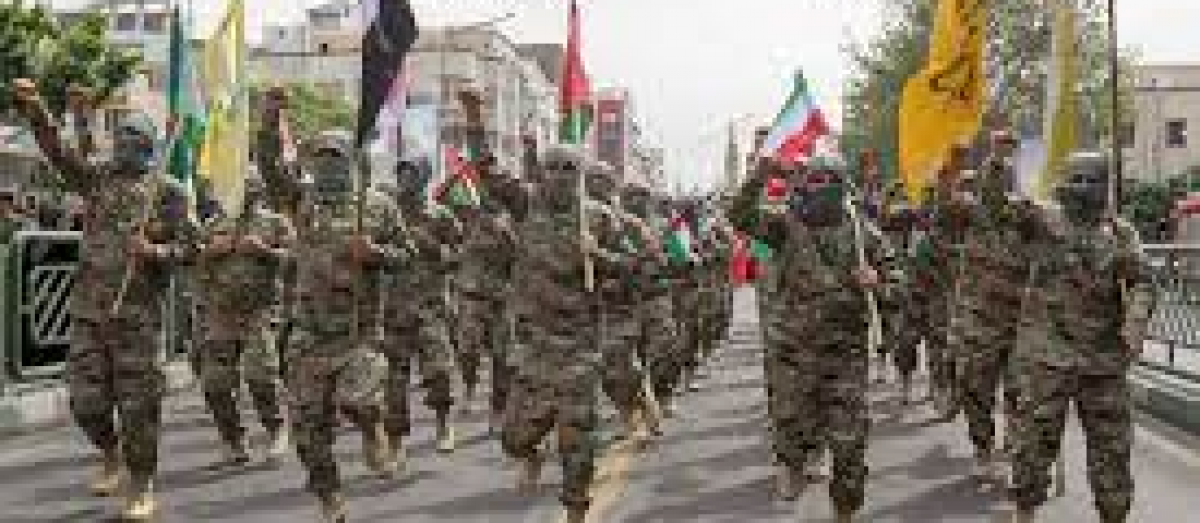Let’s compare and contrast the military capabilities of Iran today with Iraq in 2003, and then evaluate the potential consequences of a U.S. invasion of Iran.

Military Capabilities:
Iran (2024):
1. Conventional Military Strength: Iran possesses a relatively large and well-equipped military force, including army, navy, air force, and paramilitary units. However, compared to Western standards, its equipment may be outdated due to sanctions and limited access to modern technology.
2. Asymmetric Warfare: Iran has invested heavily in asymmetric warfare capabilities, including ballistic missiles, drones, and naval mines. These assets could pose significant challenges to conventional military forces, as seen in their operations in the Persian Gulf.
3. Regional Influence: Iran maintains significant influence in the region through its support for various proxy groups, including Hezbollah in Lebanon, Hamas in Gaza, and various Shiite militias in Iraq and Syria. These proxies could be activated to conduct attacks against U.S. interests and allies in the region.
4. Ballistic Missile Program: Iran has developed a diverse range of ballistic missiles with varying ranges, capable of targeting regional adversaries and U.S. military bases in the Middle East.
Iraq (2003):
1. Conventional Military: In 2003, Iraq’s military was significantly weakened compared to its strength during the 1980s. Years of sanctions, disarmament efforts, and limited access to modern military technology had degraded its capabilities.
2. Lack of Regional Influence: Unlike Iran, Iraq did not have extensive proxy networks or the same level of influence across the region. Its ability to project power beyond its borders was limited.
3. Sanctions Impact: International sanctions had crippled Iraq’s economy and military infrastructure, reducing its ability to resist a foreign invasion effectively.
4. Internal Instability: Iraq faced internal divisions, including tensions between Sunni and Shiite populations, which could have complicated its ability to mount a unified defense.
Evaluation:
While the U.S. invasion of Iran would likely result in a more prolonged and challenging conflict compared to Iraq in 2003, the ultimate outcome would likely still favor the United States. However, several factors would contribute to a more protracted and complex conflict:
1. Asymmetric Warfare: Iran’s investment in asymmetric capabilities, including ballistic missiles and proxy networks, would pose significant challenges to U.S. forces and allies in the region. Attacks on military bases, shipping lanes, and civilian infrastructure could disrupt operations and prolong the conflict.
2. Regional Escalation: A conflict with Iran could quickly escalate beyond its borders, drawing in neighboring countries and exacerbating existing regional tensions. Retaliatory attacks by Iranian-backed proxies in countries like Iraq, Syria, and Lebanon could further complicate the situation.
3. International Response: The U.S. invasion of Iran would likely face strong international condemnation and could lead to significant diplomatic fallout. Other major powers, including Russia and China, may seek to exploit the situation to advance their own interests, further complicating the conflict.
4. Humanitarian Concerns: A prolonged conflict in Iran would likely result in significant civilian casualties and displacement, exacerbating humanitarian crises in the region.
In summary, while the United States would ultimately have the military capability to prevail in a conflict with Iran, the consequences would be severe, including prolonged fighting, regional destabilization, and significant humanitarian suffering. Therefore, diplomatic efforts to resolve tensions and de-escalate the situation should be prioritized to avoid a potentially devastating conflict.


